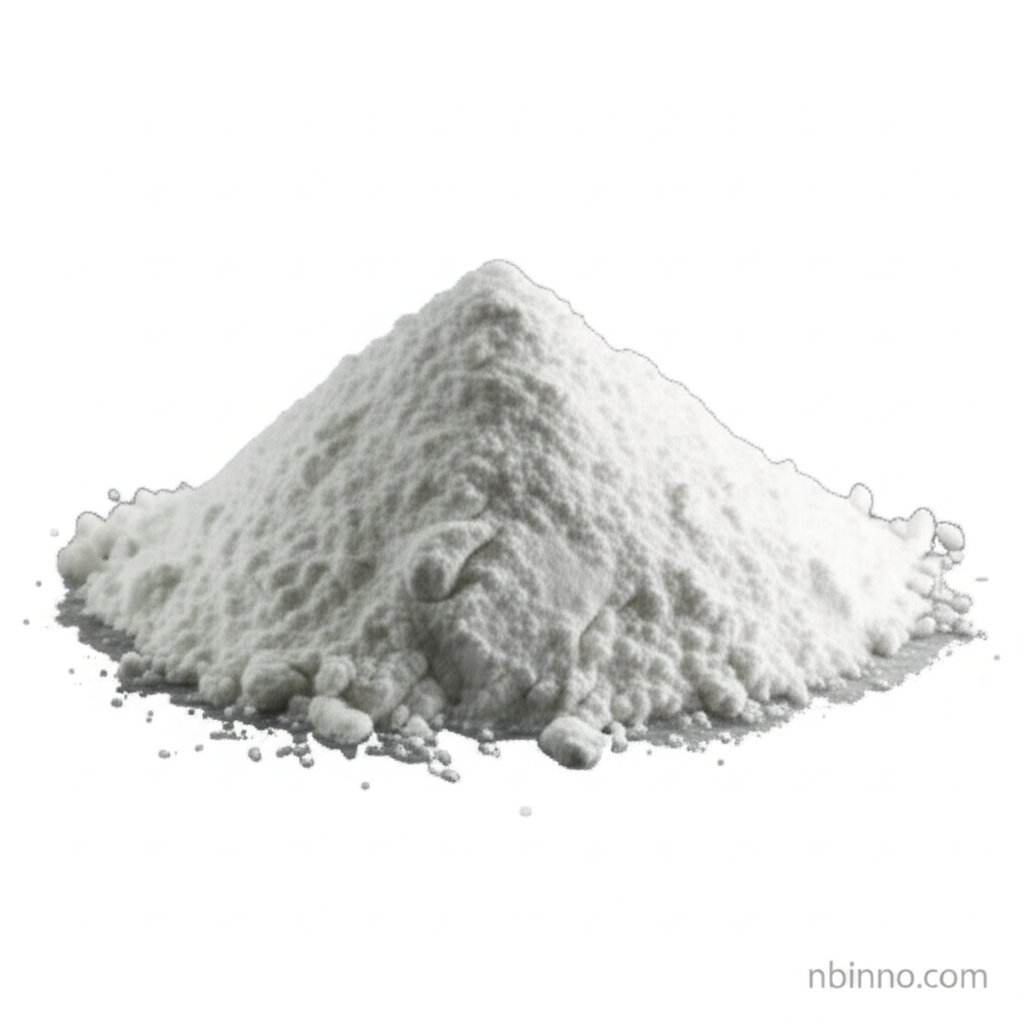4-Aminophenylarsonic Acid: Properties, Uses, and Applications
Exploring the chemical nature, historical significance, and modern relevance of this organoarsenic compound.
Get a Quote & SampleProduct Core Value

4-Aminophenylarsonic Acid
4-Aminophenylarsonic acid, also known by its CAS number 98-50-0, is a notable organoarsenic compound. It historically played a role in medicine and animal husbandry, and its chemical properties continue to be of interest for synthesis and research. Understanding the 4-aminophenylarsonic acid chemical properties is key to its safe and effective utilization.
- Historical Use of Arsanilic Acid: This compound was one of the early organic arsenicals used for treating diseases in humans and as a vital veterinary feed additive.
- Arsanilic Acid in Animal Feed: It was extensively used as an additive to promote growth and prevent diseases like dysentery in poultry and swine, highlighting its role in livestock management.
- Arsanilic Acid Synthesis: The compound's synthesis, involving reactions with arsenic acid and aniline derivatives, is a complex process requiring precise control.
- Arsanilic Acid Toxicity and Safety: Due to its inherent toxicity, understanding the proper handling and safety precautions for arsanilic acid is paramount for preventing adverse health effects and environmental contamination.
Advantages of Understanding Arsanilic Acid
Historical Medicinal Significance
The historical use of arsanilic acid in treating ailments like trypanosomiasis showcases early advancements in chemotherapy and the introduction of organic arsenicals.
Role in Animal Health and Growth
Its application as an arsanilic acid in animal feed demonstrates its historical impact on improving livestock health and productivity.
Chemical Synthesis Building Block
As a versatile chemical entity, arsanilic acid serves as a precursor in the manufacture of other medicinal arsenicals and fine chemicals, underpinning its value in chemical synthesis.
Key Applications
Medicinal Arsenicals Production
This compound is a key intermediate in the manufacture of various medicinal arsenicals, leveraging its unique chemical structure.
Veterinary Feed Additives
Historically utilized to promote growth and treat diseases in livestock, highlighting its impact on animal husbandry.
Research and Development
Its chemotherapeutic potential continues to be explored, positioning it as a subject of ongoing scientific investigation.
Analytical Reagent
Used in laboratories for specific detection methods, demonstrating its utility beyond industrial applications.
